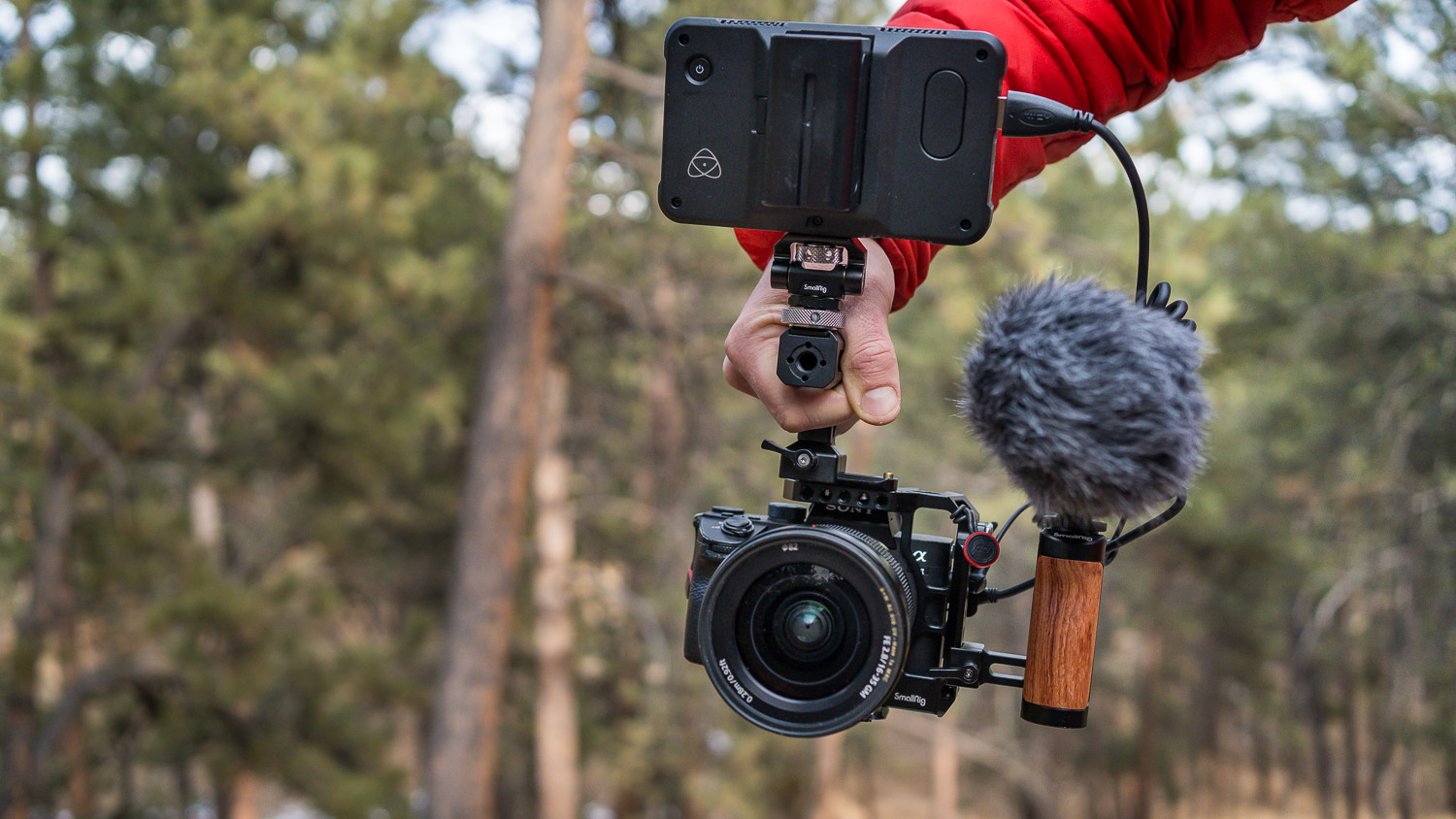Photography is an exciting journey—one that starts with curiosity and, with the right tools, can evolve into a passion or even a profession. But here’s the catch: the world of photography gear is overwhelming. Between camera bodies, lenses, filters, tripods, memory cards, flashes, and editing tools, it’s easy to overspend or overcomplicate things. That’s why we’ve created this practical, no-fluff guide: to help you understand exactly what gear you need at each stage of your journey—from beginner to pro.
Table of Contents
- Understanding Your Photography Goals
- Beginner Photography Gear Essentials
- Intermediate Gear: Leveling Up Your Kit
- Pro-Level Equipment: Mastering the Craft
- What You Don’t Need (But Think You Do)
- Maintenance and Storage Gear
- Bonus: Must-Have Accessories Under $50
- Conclusion: Invest in Skill, Not Just Stuff
- FAQs
Understanding Your Photography Goals
Before diving into the gear, ask yourself:
- What kind of photography do I enjoy? (Portraits, landscapes, wildlife, sports, street, product, etc.)
- What will I use the photos for? (Social media, print, commercial, hobby, professional portfolio)
- What’s my budget?
Your answers shape everything. A travel photographer has very different needs than a wedding photographer or a YouTuber doing product reviews.
Beginner Photography Gear Essentials
If you’re just getting started, the key is to keep it simple and focus on learning the basics of composition, lighting, and exposure.
1. Camera: Entry-Level DSLR or Mirrorless
- Recommended Models:
- Canon EOS Rebel T8i
- Nikon D3500
- Sony Alpha a6100
- Fujifilm X-T30 II
These models are budget-friendly, offer manual controls, and have decent image quality.
2. Lens: The Kit Lens Is Fine… For Now
Most starter cameras come with an 18-55mm kit lens. It’s versatile for learning.
But if you can afford a second lens:
- Prime Lens Recommendation:
- 50mm f/1.8 (fantastic for portraits and low light)
- Approx. $125–$200
3. Tripod
- Why You Need It: For long exposures, night photography, and learning manual settings.
- Budget Picks:
- AmazonBasics 60-Inch
- Manfrotto Compact Action
4. Memory Cards + Extra Batteries
- Tip: Always buy at least 2–3 SD cards (32GB or 64GB, UHS-I or UHS-II)
- Pro tip: Use name brands like SanDisk or Lexar.
5. Basic Editing Software
- Best Free Options:
- Snapseed (Mobile)
- GIMP (Desktop)
- Professional Option (Subscription):
- Adobe Lightroom (about $10/month)
Intermediate Gear: Leveling Up Your Kit
Once you understand the basics and want to expand creatively or professionally, it’s time to refine your gear.
1. Camera Body Upgrade
- Mirrorless Cameras Preferred for Portability and Features:
- Canon EOS R8
- Nikon Z6 II
- Sony Alpha a7 III
- Fujifilm X-T5
These cameras offer faster autofocus, better ISO performance, and 4K video.
2. Lenses: Specialize Your Shots
Choose based on your niche:
- Portraits: 85mm f/1.8 or 50mm f/1.4
- Landscapes: 16-35mm wide-angle
- Wildlife/Sports: 70-200mm telephoto
- Macro/Products: 100mm macro
Lenses are a long-term investment—spend here, not on body upgrades every year.
3. External Flash or Speedlight
- Why You Need It: Better indoor lighting, fill light in backlit situations
- Popular Picks:
- Godox V1
- Yongnuo YN560 IV
4. Camera Bag
- Protects your gear and keeps it organized.
- Top Brands: Lowepro, Peak Design, Think Tank
Pro-Level Equipment: Mastering the Craft
If photography is now a profession or a serious pursuit, your gear should be able to deliver under pressure.
1. Full-Frame Camera
- Top Picks:
- Sony Alpha a7R V
- Canon EOS R5
- Nikon Z8
- Panasonic Lumix S1R
These deliver incredible dynamic range, high-resolution files, and industry-grade performance.
2. Premium Lenses (f/2.8 or faster)
- Zoom Lenses: 24-70mm f/2.8, 70-200mm f/2.8
- Prime Lenses: 35mm f/1.4, 85mm f/1.2, 135mm f/1.8
3. Advanced Lighting Kit
- Strobes and Softboxes: For professional portrait and product work
- Wireless Triggers: To control off-camera flashes
- Reflectors/Diffusers: Control and shape natural or artificial light
4. Editing & Workflow
- Software: Adobe Creative Cloud (Lightroom + Photoshop)
- Hardware: Calibrated monitor (BenQ, Eizo), External SSDs, High-spec PC or Mac
- Backup System: At least one cloud backup + one external hard drive
What You Don’t Need (But Think You Do)
Let’s bust a few myths:
- You don’t need a $3000 camera to take great photos.
- You don’t need every lens under the sun.
- You don’t need gear just because a YouTuber said so.
- You don’t need full-frame if you’re not printing billboard-sized photos.
Focus on using what you have before upgrading.
Maintenance and Storage Gear
Photography gear is expensive—take care of it.
1. Lens Cleaning Kit
- Microfiber cloths
- Air blower
- Lens cleaning solution
2. Silica Gel Packs
- Keep moisture out of your camera bag.
3. Dry Cabinet (Optional but Recommended)
- Especially useful in humid climates to prevent fungus in lenses.
Bonus: Must-Have Accessories Under $50
- Remote Shutter Release (for long exposures)
- Extra Batteries (ALWAYS have spares)
- Lens Filters (UV, ND, and polarizers)
- Reflector Kit (for portrait lighting control)
- Rain Cover (cheap insurance for your gear)
Conclusion: Invest in Skill, Not Just Stuff
The best camera is the one you know how to use. Gear can enhance your photography, but it doesn’t make the photographer—you do. Focus on learning, experimenting, and building your portfolio. Upgrade your gear only when it limits your creative vision, not because it’s trendy.
Start small. Grow your skills. Then invest smartly. That’s the true path from beginner to pro.
FAQs
1. What is the most important gear for a beginner photographer?
A camera with manual settings (like an entry-level DSLR or mirrorless), a kit lens, a tripod, and editing software are enough to get started.
2. Should I buy a DSLR or a mirrorless camera in 2025?
Mirrorless cameras are the future—they’re lighter, faster, and more tech-advanced. Most major brands are phasing out DSLRs.
3. How much should I spend on my first camera?
$400–$800 is a reasonable range for a starter camera and lens combo. You don’t need to break the bank.
4. Are used cameras worth buying?
Yes—especially from trusted retailers like KEH, MPB, or B&H Used. Just ensure the shutter count is low and the condition is verified.
5. What lens should I upgrade to after the kit lens?
A 50mm f/1.8 prime is ideal. It’s affordable, sharp, and great for portraits and low light.
6. Do I need a full-frame camera to go pro?
Not necessarily. Many professionals use crop-sensor cameras or APS-C mirrorless cameras, depending on their niche.
7. What editing software is best for beginners?
Adobe Lightroom is industry-standard, but Snapseed, GIMP, and Darktable are great free options.
8. How do I protect my gear while traveling?
Invest in a padded camera bag, use silica gel packs to reduce humidity, and never check your camera gear at airports—always carry it on.
9. What’s the difference between a $100 and a $1000 lens?
Higher-end lenses have better optics, faster apertures, superior build quality, and faster focus motors—ideal for professional results.
10. How often should I clean my camera gear?
Wipe your lenses after every shoot and do a deeper clean monthly or after dusty/rainy shoots. Use a blower to clean the sensor carefully.







